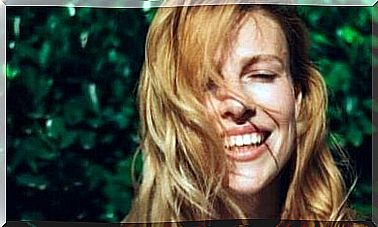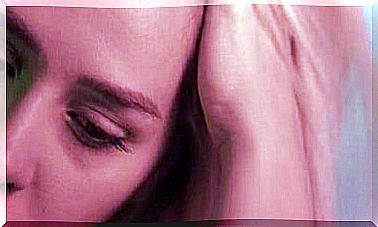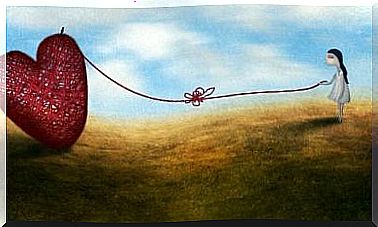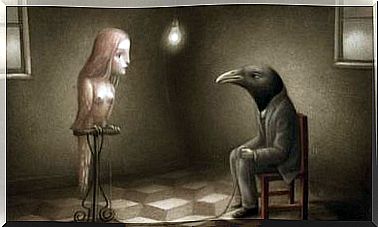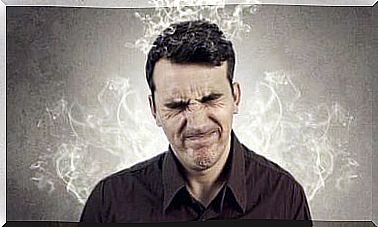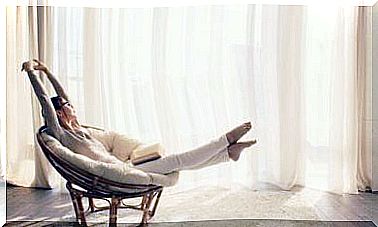The Hunchback Of Notre Dame: Disney’s Darkest Story
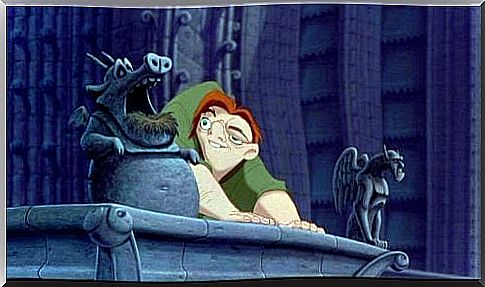
The Hunchback of Notre Dame (1996) is a Disney film. Still, it’s a dark story that can be hard to digest. I don’t mean by this that it contains a “dark” form of happiness like The Nightmare Before Christmas or the terrifying darkness in Taran and the Cauldron, one of Disney’s lesser known films.
The darkness in the Hunchback of Notre Dame has nothing to do with this. It’s different, real and gray. That’s probably why many kids of the 90s didn’t really appreciate the movie at the time.
This is a well known movie that got good reviews. The film made big profits and had a very good advertising campaign. However, when the movie came out, most of us were too young to really understand it. That may be why this movie isn’t among the top 10 Disney movies of all time.
It was also not very popular with children for the same reason. It’s even as if people have forgotten about this movie. Still, there are many Disney movies that hide a dark story and have a background worthy of analysis. The Hunchback of Notre Dame is anything but a typical Disney movie. It is a story full of criticism of society and of power structures, and especially of the Church.
Victor Hugo
This film is based on a novel by Victor Hugo. Notre Dame de Paris was published in 1931. As a result, many Victor Hugo fans turned the film down, expecting a dark story faithful to the original.
As expected, Disney made a slightly softer film so that children wouldn’t leave the screening room. Despite their efforts to turn this story into a sweet story, it was quite dark for many children. At the time, they didn’t understand the movie either.
There are two other (greater) film versions of this story. They are also titled The Hunchback of Notre Dame and were filmed in 1939 and 1956. From an adult perspective, we see that this is a great cartoon with fascinating screenplays and a surprising and moving message.
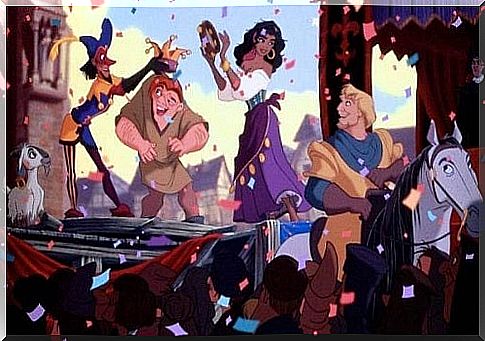
The Ecclesiastical Aspect in The Hunchback of Notre Dame
The main difference from Victor Hugo’s original novel is Judge Frollo. In the original version, Frollo is the Archdeacon of Notre Dame. In the Disney version, however, he is a judge. This is completely understandable as it is a children’s movie after all.
So they depicted Frollo as the judge. Yet his character is connected to the cathedral. Frollo has strong religious beliefs. His costume is also very religious. This has somewhat discredited the image of the Church.
Frollo must be a man of the law and a respectful and honest character. He is actually the exact opposite. We see how ruthless and arrogant he is and how he despises those who are different from him. Frollo hates gypsies and anyone who isn’t like him. However, life will confuse him. In the end, he experiences emotions that he never thought he could have.
Frollo and Esmeralda
Frollo falls under the spell of Esmeralda, a gypsy woman. His feelings for her are not healthy. She becomes a precious and seductive object, the ’embodiment of evil’. Suddenly, Frollo becomes sick with desire. It causes him to question his faith.
He believes that his desire for Esmeralda is a test from God and that he must avoid sin. However, his desire becomes so compelling that he eventually wants her as his property or else she must die.
Frollo’s obsession will lead to one of the most disturbing musical moments in Disney history. It’s a song in which the religious references are clear from the start: church choirs, a huge cross, Frollo’s clothes. When we realize all this as adults, we start to think that maybe Frollo is not just a judge. He may also be associated with the church.
This musical moment is fundamental because it allows us to better understand this character. He is a cruel and ruthless judge who enforces his law. He condemns innocent people and hides something else as well. Frollo is a very scary and unpleasant character.
His irrational and obsessive desire for Esmeralda is perhaps more terrifying than any other element in the film. Behind this puritanical and good image is a man with very dubious morals.
Victor Hugo’s novel is ruthless rather than compassionate. On the other hand, the film The Hunchback of Notre Dame is more forgivable and less controversial. This makes it easier for the general public to digest the film. Frollo’s character and the musical scene mentioned give us a look at the original story. It is a trace of the harsh criticism of the Church and of its unquestionable power.

What’s different in The Hunchback of Notre Dame?
The Hunchback of Notre Dame does not only criticize society and the Church. The film also deals with matter as being different and acceptance. People do not connect kindness with the image of the main character.
We have a cruel judge and an innocent, good-hearted character whose appearance most people find unpleasant. The company does not accept Quasimodo because of his appearance. This is why he only dares to leave Notre Dame on ‘the day when everything is reversed’. On this day there is a kind of carnival party where people celebrate all the strange things.
The audience was fascinated by Quasimodo’s ‘costume’. If they knew he actually looked like this, they’d see him as a monster. Only one character shows compassion for Quasimodo: Esmeralda, the young, marginalized and persecuted gypsy woman. Esmeralda is a fighter. She is the only one who dares to stand up to Frollo and demand justice and equality for all.
Frollo made Quasimodo feel incredibly insecure that made Quasimodo see himself as a monster. He made a kind of friendship with the gargoyles in the cathedral. Esmeralda and the gargoyles open Quasimodo’s eyes and show him reality. Moreover, Captain Febo also plays an important role. He is a soldier who has turned against Frollo. Captain Febo joins them in the fight for equality.
The real monster
Who is the real monster in The Hunchback of Notre Dame? The film shows the true nature of the monster. It is a hidden monster that lives in our midst every day and enjoys the respect of society. The Hunchback of Notre Dame is a movie we must save.
In short, we can say that his story is more complicated and dark than the typical children’s movie. However, the film is also full of fantastic values and advocates for justice and equality.
